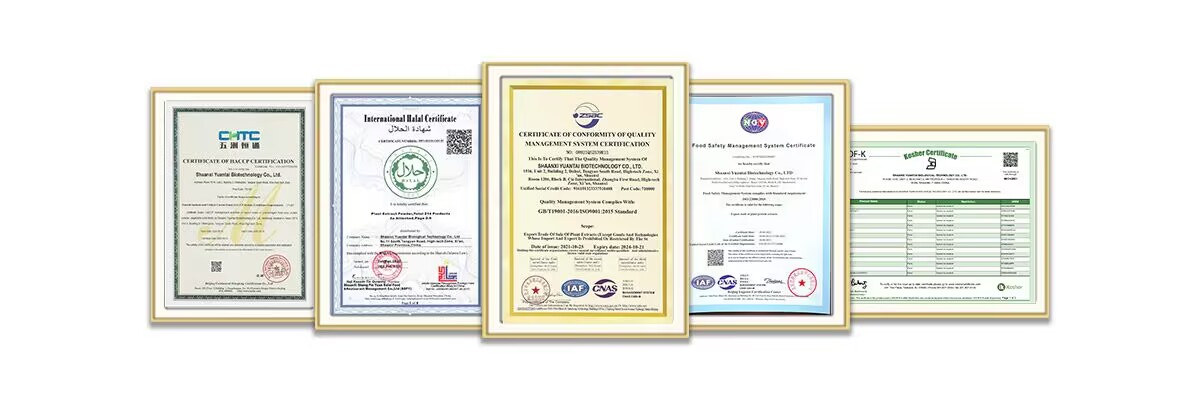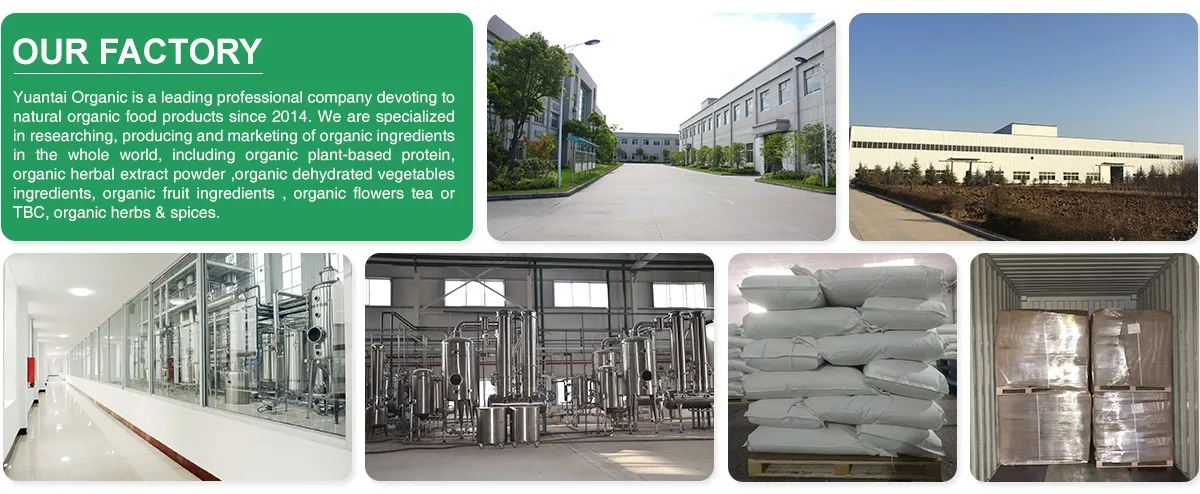Pure Vanillin Powder
- Fast Delievery
- Quality Assurance
- 24/7 Customer Service
Product Introduction
Learn what is Vanillin Powder?
Pure Vanillin Powder, commonly known as vanilla powder, vanillin, vanilla powder, vanilla extract, vanillain. It is extracted from the vanilla beans of the Rutaceae family. White to slightly yellow crystals or crystalline powders, soluble in hot water, glycerin and alcohol, not easily soluble in cold water and vegetable oil. The aroma is stable and not easy to volatilize at high temperatures. It is easily oxidized in the air and easily discolored when encountering alkaline substances.
It was originally extracted from the vanilla beans of the Rutaceae family, but now most vanillin is artificially synthesized. It has the aroma of vanilla and a strong milky aroma, and is often used in various flavoring foods that need to increase the milky aroma, such as cakes, cold drinks, chocolates, candies, etc. Vanillin should not be used in baby food, because the taste of babies is still developing and they are more sensitive to the stimulation of external seasonings. The use of vanillin can easily cause children to be picky eaters and anorexic, and they do not accept natural light-flavored foods.
Vanillin Powder is a special metabolite and the main component of vanilla extract. The concentration in dry vanilla beans is 1.0–2.0% w/w. Vanillin has different functional groups, such as aldehyde, hydroxyl, and ether, which are attached to the aromatic ring. The physicochemical properties of vanillin are shown in Table 1. Vanillin is isolated from vanillin or chemically synthesized from guaiacol. In addition to being known for its flavor and aroma, it also has various bioactive properties, neuroprotective, antibiotic enhancement, and anti-quorum sensing. In addition, the bioactivity of curcumin is mainly determined by its stable degradation products, vanillin and ferulic acid. Although the research on vanillin in recent years has not yet touched its bioactive potential, the level of research results on vanillin is very limited compared with curcumin.

What is the source of Vanillin Powder?
Generally, Pure Vanillin Powder comes from three sources, namely natural, chemical/synthetic, and biotechnologically prepared. Depending on the source and the synthesis process, vanillin can be classified as natural or synthetic. Among them, natural and biotechnologically produced vanillin (with ferulic acid as the substrate) are considered food-grade additives by most food safety authorities in the world.

Natural cultivation
Vanillin is naturally extracted from the vanilla pod extracts of Vanilla scutellaria, Vanilla tahitian, and Vanilla velvet, which are the main sources of vanillin to date. Commercial extraction methods for vanillin include Soxhlet, supercritical fluid extraction (SCEF), microwave and ultrasound-assisted extraction, enzymatic extraction, solid phase extraction, and two-phase acoustic electroanalysis. Natural vanillin is the most expensive form, with a cost close to $1,200 to more than $4,000 per kilogram.
Chemical synthesis
Compared to natural vanillin, chemically synthesized vanillin is much cheaper ($15 per kilogram), however, it is labeled as artificial vanillin, which has caused negative consumer sentiment. Various substrates have been tried to synthesize synthetic vanillin, such as lignin, guaiacol, 4-hydroxybenzaldehyde, 3-bromo-4-hydroxybenzaldehyde, 3-methoxy-4-hydroxybenzyl alcohol, cow dung, and lignin-rich crop residue wastes, with varying success.
Biotechnology
Bioengineering is a modern approach to the production of vanillin. Genetic engineering of various proprietary bacterial and fungal strains using a range of starting materials such as ferulic acid, eugenol, isoeugenol, and glucose. In addition, protein-enzymatic synthesis of vanillin using Nocardia and white-rot basidiomycetes has also been reported. Genetically engineered plants or plant cell cultures producing vanillin have been proposed as future alternatives for the production of vanillin and to increase its commercial and medical applicability.
What are the benefits of Vanillin Powder?
Vanillin Powder has a special aroma, which can increase appetite and improve the situation of loss of appetite. After eating in moderation, it can supplement the body with the nutrients it needs and promote gastrointestinal motility.
It is rich in dietary fiber, which can promote gastrointestinal motility, promote metabolism in the body, and promote digestion to a certain extent. If there are discomfort symptoms caused by diseases such as indigestion, you can eat vanillin appropriately to improve it.
It has a certain irritation, and to a certain extent, it can also achieve the effect of refreshing the mind, which is suitable for people who are tired.
It contains a certain amount of formaldehyde, has a certain anti-inflammatory effect, and also has the effect of sterilization and anti-inflammatory. It can be used to improve the discomfort caused by diseases such as gingivitis and periodontitis.
It also has a certain blood pressure lowering effect and the effect of preventing cardiovascular and cerebrovascular diseases. It is suitable for patients with hypertension, hyperlipidemia and other diseases.
About the production of vanillin powder
Ferulic acid as substrate
Ferulic acid exhibits conformational similarity with vanillin and is widely used as a precursor substrate for Pure Vanillin Powder production. Several microorganisms, such as Pseudomonas, Mycobacterium, and Streptomyces, as well as various fungi, have been used to produce vanillin. Pycnoporus vermilioni, a white rot fungus, has been suggested as a potential candidate for the production of vanillin using ferulic acid.

The key enzyme in the enzymatic synthesis of vanillin is feruloyl esterase, whose main function is to catalyze the hydrolysis of the ester bond in ferulic acid, releasing vanillin and other related byproducts. By exploring the ideal number of vanillin biosynthetic enzymes in a cell-free system, researchers developed an improved recombinant Escherichia coli strain, and this enhanced whole-cell catalyst exhibited the ability to convert ferulic acid (20mM) to vanillin (15mM). Immobilization of microbial cells has attracted attention due to its excellent biocompatibility and ability to achieve stability under various conditions. A new immobilization technology for the synthesis of vanillin from ferulic acid has been developed, eliminating the need for coenzymes. The artificial pathway included a coenzyme-independent decarboxylase and a coenzyme-independent oxygenase responsible for the conversion of ferulic acid to vanillin. After ten reaction cycles, the co-immobilization of FDC and CSO2 enabled the system to produce 2.5 mg of vanillin from ferulic acid, marking a pioneering example of vanillin production via immobilized enzyme biotechnology.
Eugenol/isoeugenol as substrates
Eugenol biotransformation to produce vanillin and its related metabolites has been found to have a variety of applications and significant economic value. Several research efforts have been conducted to explore the synthesis of vanillin from eugenol using transgenic and natural microorganisms. The degradation of eugenol has been observed in various bacteria and fungi, including but not limited to Corynebacterium, Pseudomonas, Penicillium, and Rhodococcus, which have shown their potential to degrade eugenol.

The utilization of eugenol oxidase (EUGO) as an enzyme for the production of vanillin in an industrial setting shows great potential. EUGO exhibits stability and activity over a wide pH range. According to one study, when soluble EUGO was used, the increased activity reduced the reaction time to 4 hours. Furthermore, the use of immobilized EUGO allowed the biocatalyst to be recycled in up to 18 reaction cycles, resulting in a more than 12-fold increase in biocatalyst yield. Immobilized enzyme CSO2 can likewise be used to promote the conversion of isoeugenol to vanillin without relying on coenzymes.
Other Substrates
Vanillic acid, which can be produced as a byproduct during lignin decomposition or as a competing component in metabolic pathways through chemical or biosynthetic approaches, is widely considered to be a key precursor for the bioproduction of vanillin. Improving the efficiency of the reduction process that converts vanillic acid to vanillin can potentially increase the yield of vanillin production. Vanillic acid has the ability to undergo oxidative decarboxylation, leading to the formation or reduction of methoxyhydroquinones, producing vanillin and vanillyl alcohol, and is an easily accessible and abundant substrate for the biocatalytic synthesis of vanillin.

Phenylpropanoids are a unique group of compounds that play a key role in plant growth, development, and plant-environment interactions. These compounds are synthesized via the shikimic acid pathway, utilizing phenylalanine or tyrosine, two aromatic amino acids found in specific plant species. The amino acids phenylalanine or tyrosine undergo deamination to produce C6-C3 phenylpropanoid compounds, which are precursors for vanillin production. Immobilization systems can effectively promote vanillin production from C6-C3 phenylpropanoid compounds.
Certificates
YTBIO is developing in an all-round way. We have our own factory, quality inspection and R&D team. We are committed to providing customers with the best quality Pure Vanillin Powder and services. It is our original intention to let every consumer enjoy high-quality and healthy products. If you have any needs or questions about our products, please feel free to contact us and we will reply you as soon as possible.

Packaging and Shipping


Our Company and Factory

Why choose us?
We have a professional product development team and perfect customer service. We have our own factory, use advanced production equipment and production technology, professional and experienced technicians to provide you with high-quality and Vanillin Powder.
Hot Tags: Bulk Vanillin Powder,Pure Vanillin Powder, Natural Vanillin Powder, Supplier, Manufacturer, Factory, Buy, Price, For Sale, Producer, Free Sample, OEM, ODM, Private Label, White Label.
_1737093401309.png)

